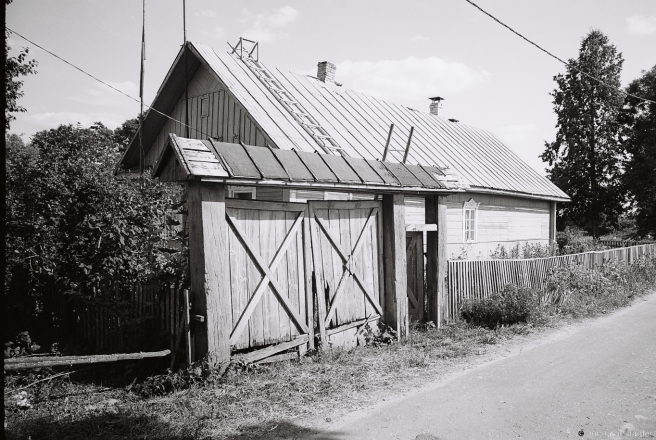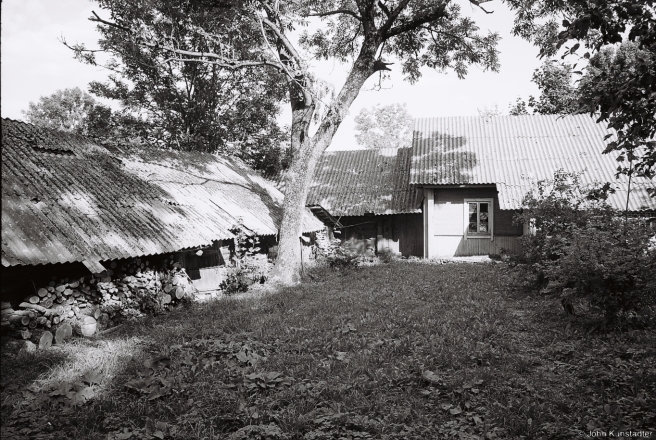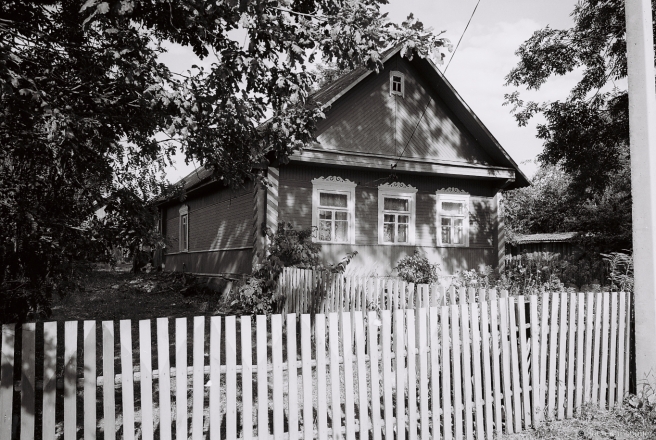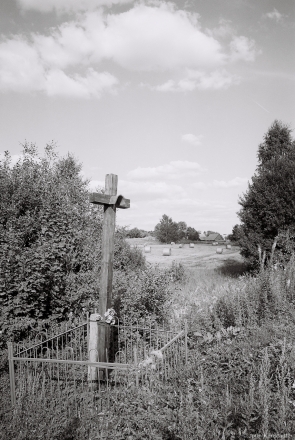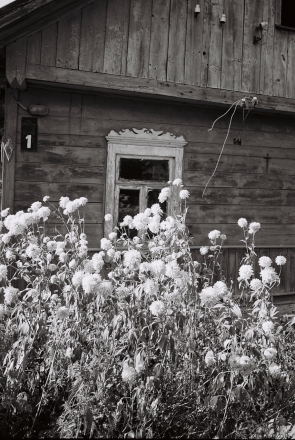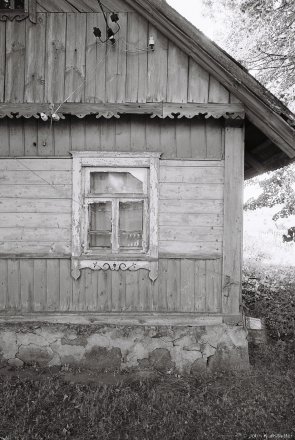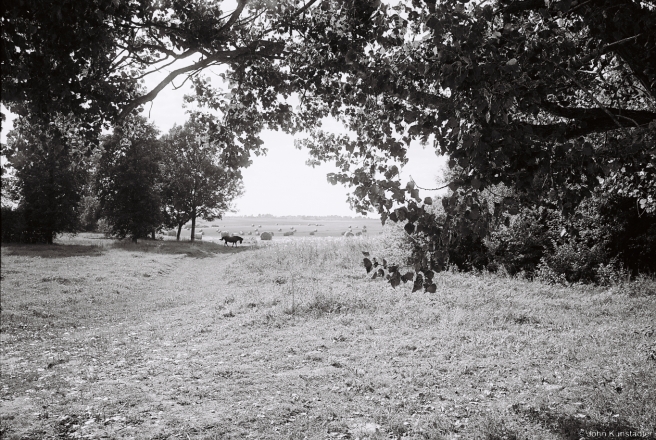Photo expedition to Valozhyn District (Vjalikija Kryvichy, Rusaki, Tatary, Tatarskija, Aharodniki, Epimakhi) and Maladzjechna District (Dubrava), III/V. Фотавандроўка па Валожынскім (Вялікія Крывічы, Русакі, Татары, Татарскія, Агароднікі, Эпімахі) і Маладзечанскім (Дубрава) раёнах, III/V.
The roots of the Belarusian nation: ethnonyms of the Valozhyn District. Карані беларускай нацыі: этнонімы Валожыншчыны.
Rusaki 2015. “Rusak” can signify either “Rus” (a Rusyn, someone from the original Rus’, centered on Kyiv) or “brown hare”. By choosing the former meaning, I can fit the village neatly into this tour of ethnonyms.
Русакі 2015.
Tatary 2015. This is one of a string of Tatar-linked villages running from northeast to southwest in a line west-northwest of Mjensk. These villages were most likely settled by Tatar soldiers invited to serve the Grand Duchy of Lithuania at various times from the 14th century onward. Some Tatar families converted to Orthodoxy and were granted noble status. The gate in the first photo and the form of the homestead in the second photo appear to be traditionally Tatar. I included the third photo as an outstanding example of window lintels (lishtvy – ліштвы).
Татары 2015.
Tatarskija 2015. Татарскія 2015 г.
Crosses of Belarus (part XXXV). Крыжы Беларусі (частка XXXV).
Two noteworthy examples of window frames.
August dreams.

